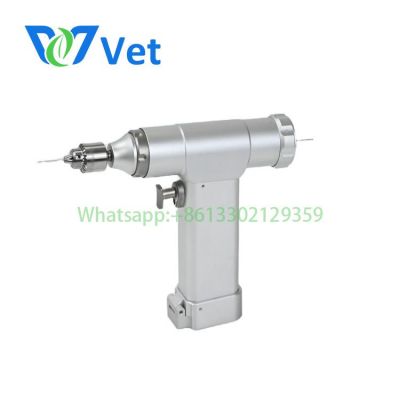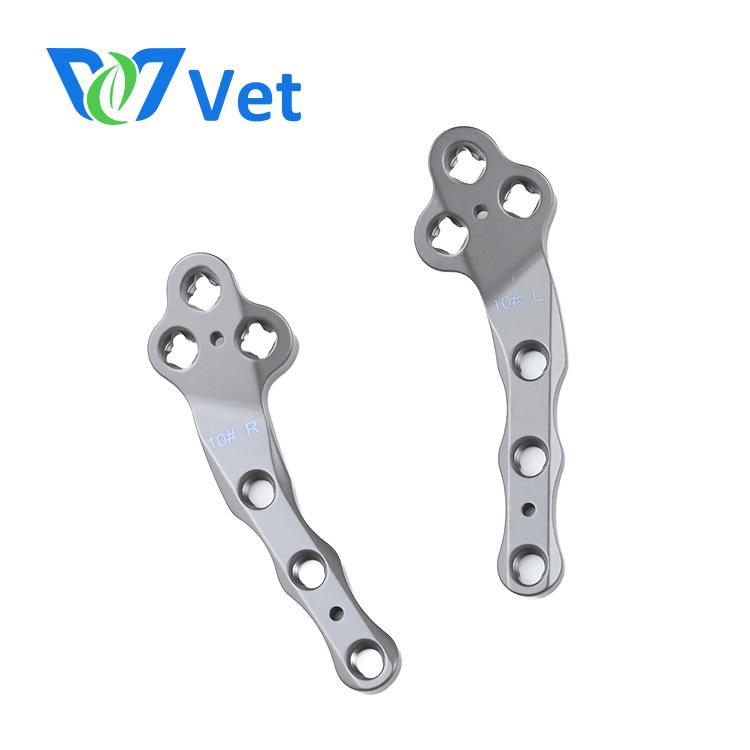TPLO Plate (AO)-Titanium
Product Name: TPLO Plate (AO)-Titanium
Material: Titanium
Screw: Used with 2.0mm/2.4mm/2.7mm/3.5mm AO Locking Head Screw
Sizes: 2.0mm L + R #6
2.4mm L + R #7
2.7mm L + R #8
3.5mm Small L + R #9
3.5mm Middle L + R #10
3.5mm Large L + R #10
Product Name: TPLO Plate (AO)-Titanium
Material: Titanium
Screw: Used with 2.0mm/2.4mm/2.7mm/3.5mm AO Locking Head Screw
Sizes: 2.0mm L + R #6
2.4mm L + R #7
2.7mm L + R #8
3.5mm Small L + R #9
3.5mm Middle L + R #10
3.5mm Large L + R #10
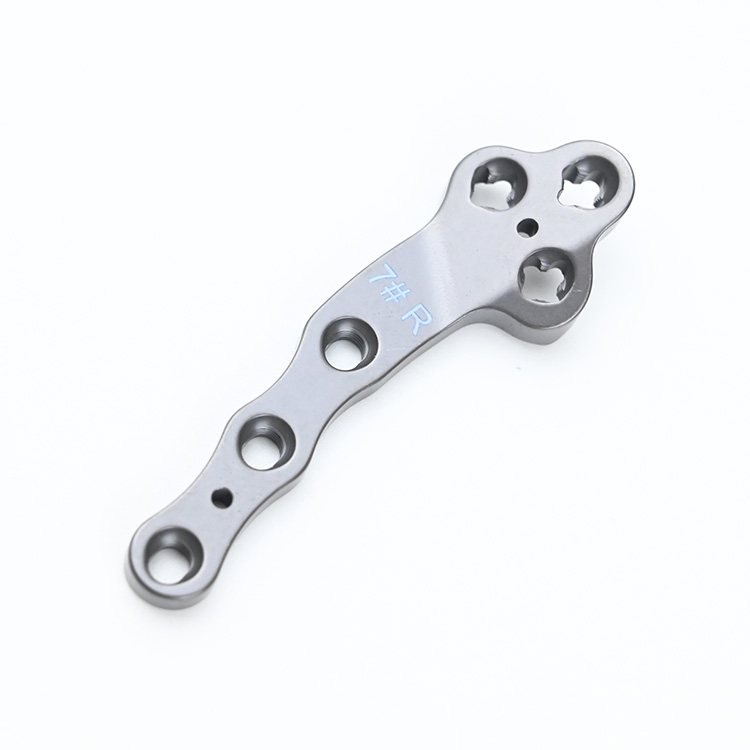
WTT AO Locking Screw TPLO Plate is designed with several new features, which allow the surgeon
easier and more consistent plate placement and offer the option of a knotless antirotational lateral
stabilization technique (InternalBraceTM) in dogs with severe stifle instability.
• Locking screws proximally and distally
• Locking TPLO plate with InternalBrace ligament augmentation option
• New shape and additional features designed to facilitate optimal plate positioning
• Laser-line assists in proper placement
• Designed to be less prominent under the skin
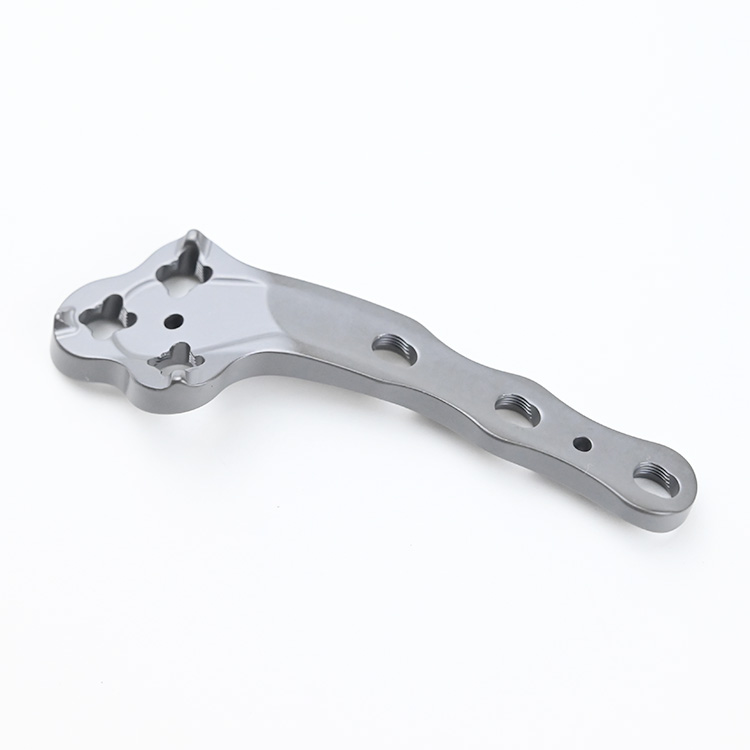
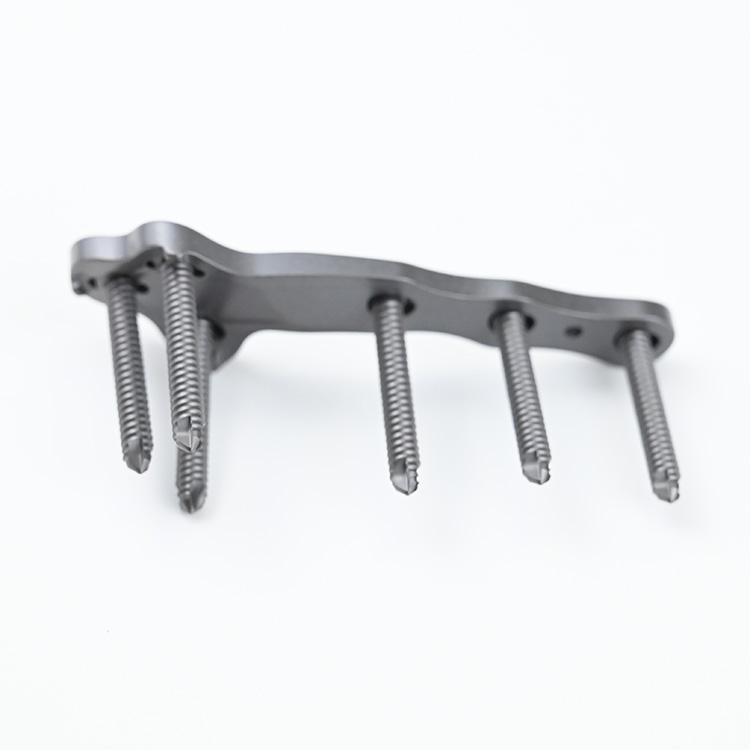
This ideal locking TPLO plate is anatomically contoured to match the proximal tibial surface.
Each screw’s direction is oriented for optimal bone purchase and to avoid joint.
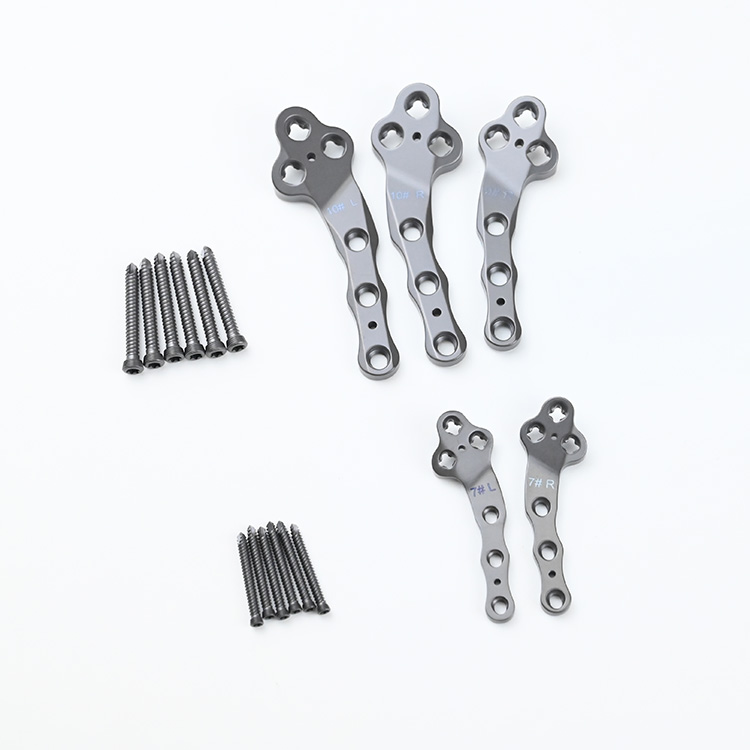
WTT AO Locking Screw TPLO Plate is used with 2.0mm/2.4mm/2.7mm/3.5mm AO Locking Head
Screw.
If necessary, the threaded plate hole also accepts nonlocking screws, which permit angulation.
Advantages:
- A locking plate does not have to precisely contact the underlying bone in all areas. When screws
- are tightened, they "lock" to the threaded screw holes of the plate, stabilizing the segments
- without pulling the bone to the plate. Locking screws make it impossible for screw insertion to
- alter the reduction. Nonlocking plate/screw systems require a precise adaptation of the plate to
- the underlying bone. Without this close contact, tightening of the screws will pull the bone
- segments toward the plate, resulting in loss of reduction and possibly the occlusal relationship
- Locking plate/screw systems do not disrupt the underlying cortical bone perfusion as much as
- conventional plates, which compress the plate to the cortical bone.
- Screws are unlikely to loosen from the plate. Similarly, if a bone graft is screwed to the plate,
- a locking head screw will not loosen during the phase of graft incorporation and healing.
- The possible advantage to this property of a locking plate/screw system is decreased risk of
- inflammatory complications due to hardware loosening.
- Locking plate/screw systems have been shown to provide more stable fixation than conven
- -tional nonlocking plate/screw systems.
The disadvantage of locking head screws is that a surgeon might not realize that the holes have
been over-drilled because the head of the screw locks into the plate.
